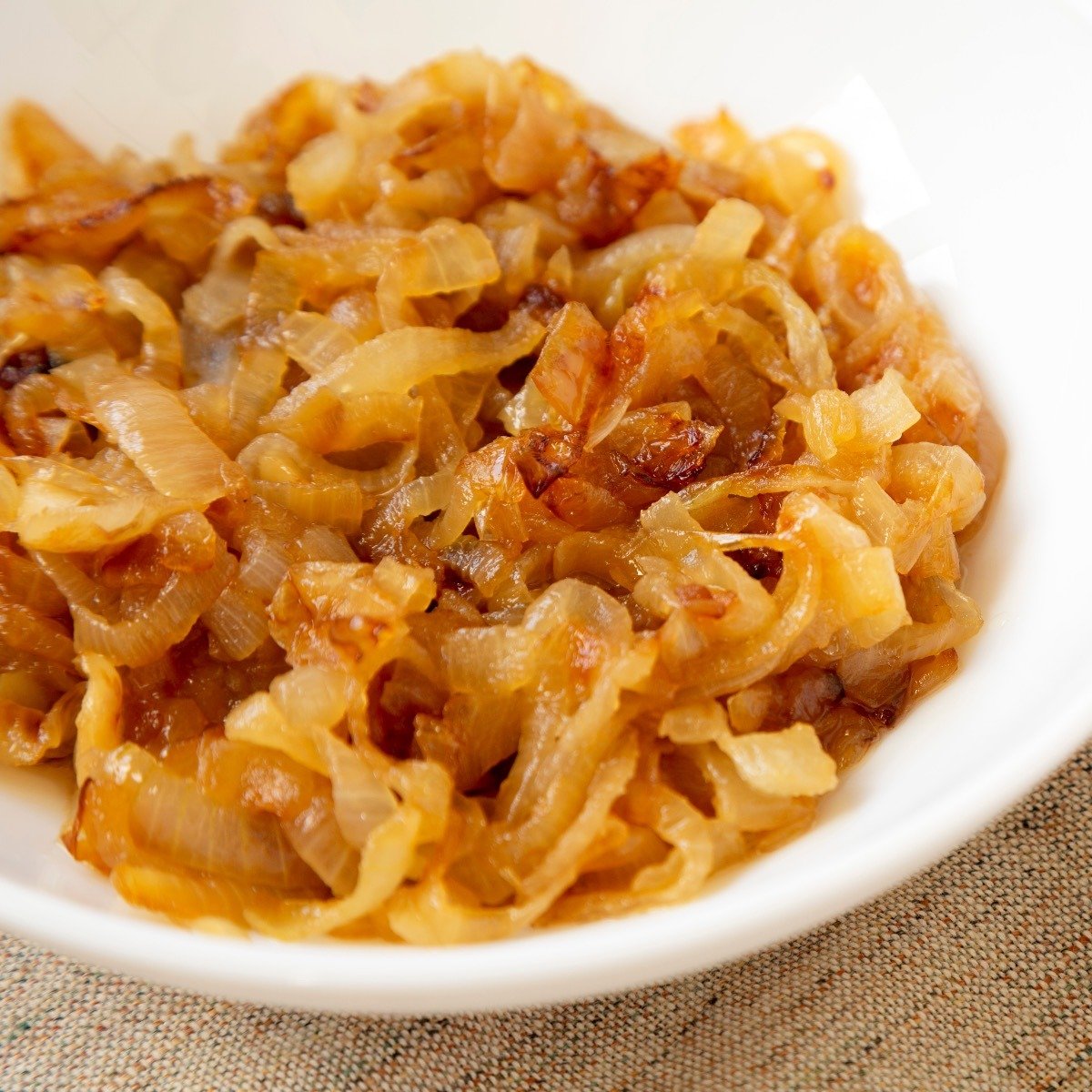
How Important Is the Maillard Reaction in Cooking?
The Maillard reaction is a chemical reaction that occurs when heat is applied to food, causing the food to brown and develop new flavors and aromas. The Maillard reaction is named after Louis-Camille Maillard, a French scientist who first described it in the early 20th century.
The Maillard reaction occurs when proteins in the food react with sugars to form new compounds called “Maillard products.” These Maillard products give food a characteristic brown color and contribute to its flavor and aroma. The Maillard reaction is what gives bread its golden crust, seared meats their savory flavor, and fried foods their crispy texture.
Maillard Reaction Process
The Maillard reaction is a complex process that involves many different chemical reactions, and it requires both heat and moisture to occur. The reaction begins when the heat causes the proteins in the food to denature, or uncoil. This exposes the amino acids in the protein, which can then react with the sugars in the food. As the reaction progresses, the Maillard products continue to form, and the food becomes brown and develops new flavors and aromas.
The Maillard reaction is an important part of the culinary arts, and it is widely used in the cooking and baking of many different foods. In baking, the Maillard reaction helps to give bread its golden crust and contributes to the flavor and aroma of the bread. In cooking, the Maillard reaction is used to sear meats, roast coffee beans, and fry foods. It is also used in the production of many different types of food, including beer, chocolate, and caramel.
Heat Effect
One of the key factors that affects the Maillard reaction is the temperature of the food. The higher the temperature, the faster the reaction will occur, and the more Maillard products will be formed. This is why it is important to use high heat when searing meats or frying foods – the higher heat helps to promote the Maillard reaction, which gives the food a desirable brown color and flavor.
The Maillard reaction is also affected by the pH of the food. Foods with a high pH (such as baking soda) will tend to brown more quickly than foods with a low pH (such as lemon juice). This is because the Maillard reaction requires an alkaline environment to occur, and the higher the pH of the food, the more alkaline the environment will be.
Sugars
In addition to temperature and pH, the Maillard reaction is also affected by the types of sugars and amino acids present in the food. Different sugars and amino acids react differently with each other, and this can affect the flavor and aroma of the food. For example, the Maillard reaction in bread is influenced by the type of flour that is used, as different types of flour contain different types of sugars and amino acids.
The Maillard reaction is an important part of the culinary arts, and it plays a key role in the flavor and aroma of many different foods. Understanding the Maillard reaction can help you to better control the flavors and aromas of your cooking, and to create dishes that are full of depth and complexity.
Foods Using the Maillard Reaction

Caramelized Onions
The Maillard reaction occurs in many different types of food when heat is applied, and it is an important part of the culinary arts. Some common foods that use the Maillard reaction include:
- Bread: helps to give bread its golden crust and contributes to its flavor and aroma.
- Meat: used to sear meats, and it helps to give them a savory flavor and a browned exterior.
- Coffee: used to roast coffee beans, and it helps to give them their characteristic flavor and aroma.
- Fried foods: used to fry foods, and it helps to give them a crispy texture and a golden brown color.
- Onions: used to sauté onions to brings out the natural sweetness of onions.
- Beer: used in the production of beer, and it helps to give the beer its flavor and aroma.
- Chocolate: used in the production of chocolate, and it helps to give chocolate its characteristic flavor and aroma.
- Caramel: used in the production of caramel, and it helps to give caramel its rich, sweet flavor.
These are just a few examples of the many different foods that use the Maillard reaction.